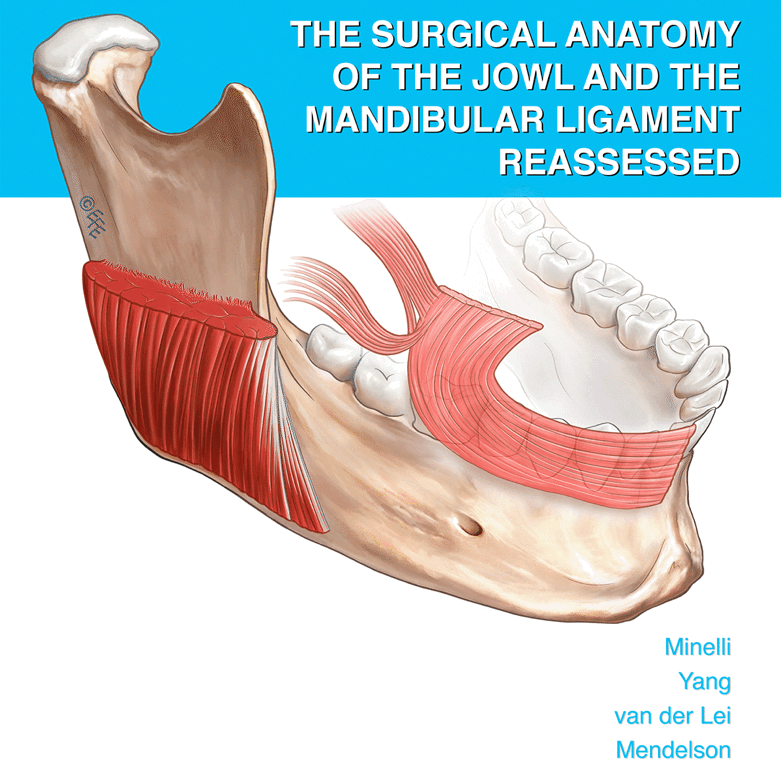Abstract
Purpose
To explore a minimally invasive trans-canal endoscopic facial nerve decompression for traumatic facial nerve palsy and compare it with microscopic facial nerve decompression.
Methods
35 and 38 patients underwent endoscopic and microscopic facial nerve decompression, respectively, for traumatic facial nerve palsy. Onset of symptoms, type of temporal bone fracture, day of surgical intervention following trauma, ossicular chain status and nature of insult to facial nerve were observed. Time period for recovery (House Brackmann grade ≤ 3), long term recovery rates, pre- and post-operative hearing status, surgical time and post-operative pain were compared between groups.
Results
Maximum patients in endoscopic and microscopic groups (77.1% and 76.3%, respectively) had acute onset of symptoms. 57.1% (20/35) had longitudinal, 17.1% (6/35) had transverse and 25.7% (9/35) had mixed fractures in endoscopic group. In the microscopic group, 57.9% (22/38) had longitudinal, 18.4% (7/38) had transverse and 23.7% (9/38) had mixed fractures. The mean (± S.D.) post-operative air–bone gap in endoscopic and microscopic group were 16.47 ± 4.5 dB and 19.4 ± 5.2 dB, respectively, which was statistically significant. The mean (± S.D.) time period for recovery of endoscopic and microscopic groups were 14.4 ± 5 days and 22.5 ± 7 days, respectively (p value < 0.05). The difference in post-operative pain between the two groups was also statistically significant. The difference in long term recovery rates was not statistically significant (p > 0.05).
Conclusions
Endoscopic facial nerve decompression results in early recovery, less post-operative pain and better post-operative air–bone gap closure when compared to conventional microscopic technique.





Similar content being viewed by others
Data availability
The datasets generated during and/or analysed during the current study are available from the corresponding author on reasonable request.
References
Goodwin WJ (1983) Jr Temporal bone fractures. Otolaryngol Clin N Am 16(3):651–659
Patel A, Groppo E (2010) Management of temporal bone trauma. Craniomaxillofac Trauma Reconstr 3(2):105–113. https://doi.org/10.1055/s-0030-1254383
Xie S, Xuewen Wu, Zhang Y, Zhenhang Xu, Yang T, Sun H (2016) The timing of surgical treatment of traumatic facial paralysis: a systematic review. Acta Otolaryngol. https://doi.org/10.1080/00016489.2016.1201862
Sun DQ, Andresen NS, Gantz BJ (2018) Surgical management of acute facial palsy. Otolaryngol Clin N Am 51(6):1077–1092
Rajati M, Pezeshki Rad M, Irani S, Khorsandi MT, Motasaddi ZM (2014) Accuracy of high-resolution computed tomography in locating facial nerve injury sites in temporal bone trauma. Eur Arch Otorhinolaryngol 271(8):2185–2189. https://doi.org/10.1007/s00405-013-2709-4
Das A, Mitra S, Ghosh D, Kumar S, Sengupta A (2019) Does tranexamic acid improve intra-operative visualisation in endoscopic ear surgery? A double-blind, randomised, controlled trial. J Laryngol Otol 133(12):1033–1037
Hato N, Nota J, Hakuba N, Gyo K, Yanagihara N (2011) Facial nerve decompression surgery in patients with temporal bone trauma: analysis of 66 cases. J Trauma 71(6):1789–1793. https://doi.org/10.1097/TA.0b013e318236b21f
Kalaiarasi R, Kiran AS, Vijayakumar C, Venkataramanan R, Manusrut M, Prabhu R (2018) Anatomical features of intratemporal course of facial nerve and its variations. Cureus. 10(8):e3085. https://doi.org/10.7759/cureus.3085
Măru N, Cheiţă AC, Mogoantă CA, Prejoianu B (2010) Intratemporal course of the facial nerve: morphological, topographic and morphometric features. Rom J Morphol Embryol 51(2):243–248
Glasscock M, Shambaugh G, Gulya A, Minor L, Poe D (2010) Glasscock-Shambaugh surgery of the ear, 6th edn. People’s Medical Publishing House-USA, Shelton, p 628
May M, Klein SR (1983) Facial nerve decompression complications. Laryngoscope 93(3):299–305. https://doi.org/10.1288/00005537-198303000-00011
Das A, Mitra S, Ghosh D, Sengupta A (2020) Endoscopic ossiculoplasty: is there any edge over the microscopic technique? Laryngoscope 130(3):797–802
Guneri EA, Cakir CA (2020) Ossicular chain reconstruction: endoscopic or microscopic? J Laryngol Otol 134(12):1108–1114
Abdullah B, Rasid NSA, Lazim NM et al (2020) Ni endoscopic classification for Storz Professional Image Enhancement System (SPIES) endoscopy in the detection of upper aerodigestive tract (UADT) tumours. Sci Rep 10(1):6941. https://doi.org/10.1038/s41598-020-64011-6
Mulawkar P, Sharma G, Garge P (2021) Evaluation of spectra A and B modes in diagnosis of suspicious bladder lesions. J Endourol 35(8):1184–1189. https://doi.org/10.1089/end.2020.0291
Das A, Mitra S, Agarwal P, Sengupta A (2020) Prolonged intra-operative thermal exposure in endoscopic ear surgery: is it really safe? J Laryngol Otol 134(8):727–731. https://doi.org/10.1017/S0022215120001449
Acknowledgements
We acknowledge the contribution of Ms. Debatri Ghosh, M.Sc, Research Assistant, Institute of Otorhinolaryngology and Head and Neck Surgery, for her inputs regarding statistical analysis.
Funding
Nil.
Author information
Authors and Affiliations
Corresponding author
Ethics declarations
Conflict of interest
The authors declares that they have no conflict of interest.
Additional information
Publisher's Note
Springer Nature remains neutral with regard to jurisdictional claims in published maps and institutional affiliations.
Rights and permissions
Springer Nature or its licensor (e.g. a society or other partner) holds exclusive rights to this article under a publishing agreement with the author(s) or other rightsholder(s); author self-archiving of the accepted manuscript version of this article is solely governed by the terms of such publishing agreement and applicable law.
About this article
Cite this article
Das, A., Janweja, M., Mitra, S. et al. Endoscopic vs microscopic facial nerve decompression for traumatic facial nerve palsy: a randomized controlled trial. Eur Arch Otorhinolaryngol 280, 3187–3194 (2023). https://doi.org/10.1007/s00405-023-07836-x
Received:
Accepted:
Published:
Issue Date:
DOI: https://doi.org/10.1007/s00405-023-07836-x




